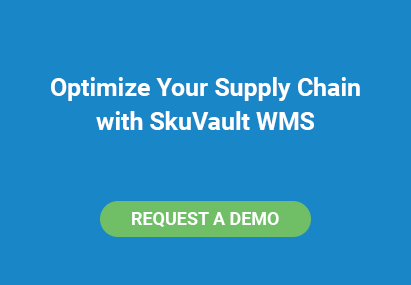 On September 1st, Amazon announced Seller Fulfilled Prime would be open for applications to any seller. No more selective invitations. As long as sellers meet the speed and service expectations of Prime customers they can apply to have the Prime badge on their listings. For awhile now, Fulfillment by Amazon (FBA) has been the coveted title to get listings ranked at the top, but Amazon FBA fees can greatly hurt retailers. Seller Fulfilled Prime is an opportunity for sellers to still climb the rankings without Amazon controlling their inventory. I’m going to discuss how retailers can stay competitive with Seller Fulfilled Prime against the pressures of FBA, with insight from Street Moda President and Founder Matt Kubancik.
On September 1st, Amazon announced Seller Fulfilled Prime would be open for applications to any seller. No more selective invitations. As long as sellers meet the speed and service expectations of Prime customers they can apply to have the Prime badge on their listings. For awhile now, Fulfillment by Amazon (FBA) has been the coveted title to get listings ranked at the top, but Amazon FBA fees can greatly hurt retailers. Seller Fulfilled Prime is an opportunity for sellers to still climb the rankings without Amazon controlling their inventory. I’m going to discuss how retailers can stay competitive with Seller Fulfilled Prime against the pressures of FBA, with insight from Street Moda President and Founder Matt Kubancik.
Avoid Amazon FBA Fees with Seller Fulfilled Prime
When FBA started it created a low barrier to entry to sell on Amazon, whereas before it had a high barrier to entry. By using FBA, sellers can pop up anywhere and sell from their home if they want to without the overhead costs and operating expenses of a traditional retailer in a warehouse. Retailers are drowning in FBA fees compared to expenses, especially with Amazon’s ever-changing rate hikes. But as Amazon FBA fees continue to rise and brands become restricted to sell on Amazon, it will be tougher and tougher for sellers to do business out of their homes or out of the back of a retail store
[Amazon Fulfillment Methods: How to Decide What's Best for You]
Use Location to Your Advantage
Location, location, location. It’s important in warehouse real estate, too. A seller can be located anywhere in the United States to use FBA. With Seller Fulfilled Prime, sellers have to be centrally located to reach most of the country within two days. Kubancik said Street Moda stopped sending as much to FBA because of the competition and storage rates.
“Our storage rates were going up because items were taking longer to sell,” he said. “It became better for us to go to Fed-Ex and UPS and say, ‘Hey, give us your zone map. We’re in Louisville. How much can we hit in the nation?’” So instead of paying Amazon FBA fees, sellers can use the comparable ground rates for Seller Fulfilled Prime to ship products. It’s a lot less expensive depending on the area of the nation you can deliver to.
But, if sellers don’t have employees, overhead, or a warehouse, then Amazon FBA fees might not mean much. They can buy a $10 scanner and list from their couch. Kubancik would like to see more sellers utilizing Seller Fulfilled and the advanced technology that comes along with that, like a warehouse management system such as SkuVault.
Invest in the Right Technology
“As Amazon continues to push this Seller Fulfilled, which they're doing because they don't want their warehouses filled up with third-party goods, they want to take back control of that,” he said. “You're going to see more business at SkuVault, because to keep up with that 1% cancellation rate, sellers are going to need technology such as ShipStation, ShipWorks, SkuVault, Channel Advisor, etc. to make sure their data feeds are right, their items are right, their quantities are right, especially if they can't have stockouts.”
Final Thoughts
In an ideal world, Kubancik said sellers do not want FBA. Retailers are forced to use their own warehouse and their own capacity, on top of a large sum of Amazon FBA fees. With Seller Fulfilled Prime, sellers can still use their own resources, climb the rankings, and win the Buy Box all without sacrificing a majority of their funds to FBA fees.
